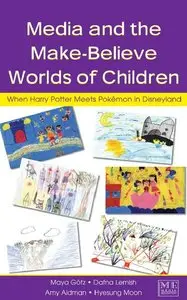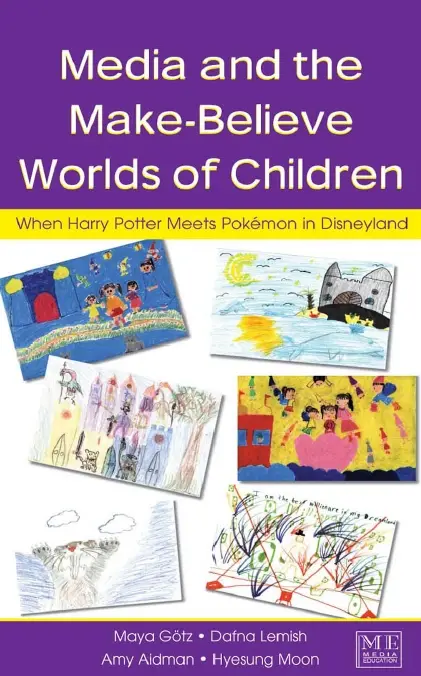Media and the Make-Believe Worlds of Children: When Harry Potter Meets Pokemon in Disneyland
Lawrence Erlbaum Assoc Inc | 2005 | ISBN: 0805851917 | Pages: 248 | PDF | 4.51 MB
Lawrence Erlbaum Assoc Inc | 2005 | ISBN: 0805851917 | Pages: 248 | PDF | 4.51 MB
Media and the Make-Believe Worlds of Children offers new insights into children's descriptions of their invented or "make-believe" worlds, and the role that the children's experience with media plays in creating these worlds. Based on the results of a cross-cultural study conducted in the United States, Germany, Israel, and South Korea, it offers an innovative look at media's role on children's creative lives. This distinctive volume: *outlines the central debates and research findings in the area of children, fantasy worlds, and the media; *provides a descriptive account of children's make-believe worlds and their wishes for actions they would like to take in these worlds; *highlights the centrality of media in children's make believe worlds; *emphasizes the multiple creative ways in which children use media as resources in their environment to express their own inner worlds; and *suggests the various ways in which the tension between traditional gender portrayals that continue to dominate media texts and children's wishes to act are presented in their fantasies. The work also demonstrates the value of research in unveiling the complicated ways in which media are woven into the fabric of children's everyday lives, examining the creative and sophisticated uses they make of their contents, and highlighting the responsibility that producers of media texts for children have in offering young viewers a wide array of role models and narratives to use in their fantasies. This book will appeal to scholars and graduate students in children and media, early childhood education, and developmental psychology. It can be used in graduate level courses in these areas.



